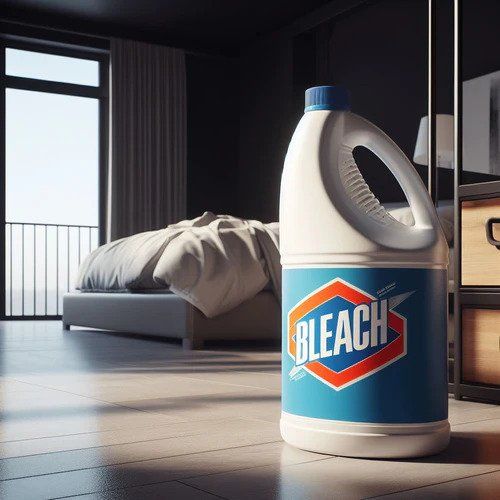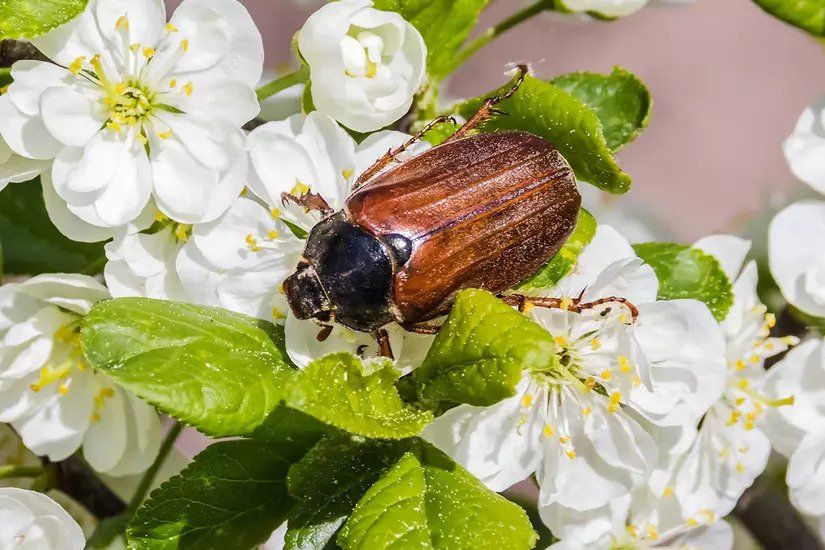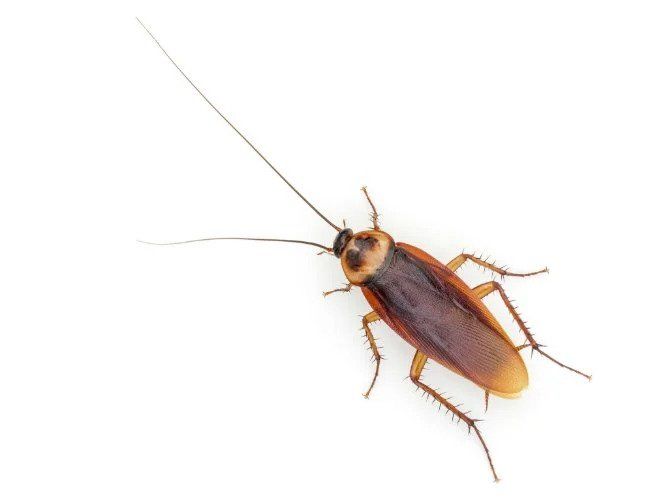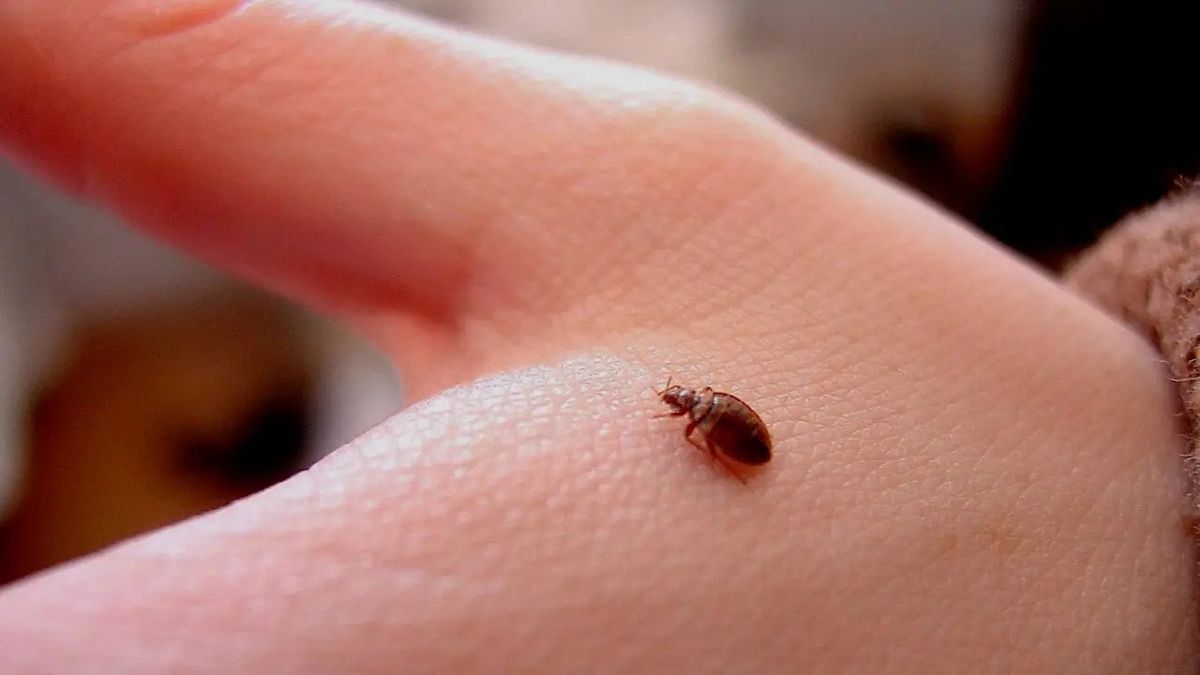Bed bugs are nuisance pests that can cause discomfort and stress in your home. One common question that homeowners often ask is, "Does Raid kill bed bugs?" The answer is yes, Raid products, specifically the Raid Bed Bug Foaming Spray, can effectively kill both bed bug eggs, bugs and their eggs.
Raid and Its Effect on Bed Bugs
Bed bugs are a menace that can cause a lot of discomfort. They are known to infest homes and spread rapidly. One solution that most people turn to for getting rid of bed bugs is using insecticides like Raid. While Raid is known for its effectiveness against various pests, many people wonder if it's just as effective against bed bugs. In this section, we'll explore the impact of Raid on bed bugs.
Understanding Raid:
Raid is an insecticide that uses a combination of permethrin and cypermethrin to kill pests. It works by paralyzing the central nervous system of insects, leading to their death. However, bed bugs have developed a resistance to a lot of insecticides and cannot be eradicated with Raid alone.
Limitations of Raid on Bed Bugs:
Raid can work with bed bugs, but only to a certain extent. In most cases, the bugs can sense the chemicals in Raid and will move to an area that's safe from the spray. They may even develop a resistance to the insecticide over time, which reduces its effectiveness. For these reasons, Raid should not be relied on as the only treatment method.
Using Raid in Combination with Other Methods:
Given the limitations of Raid, it's best to use it in combination with other treatment methods. One such method is vacuuming. Vacuum your home thoroughly to get rid of bed bugs, their eggs, and larvae. Also, use a combination of heat and cold to kill bed bugs. Heat above 118 degrees Fahrenheit and cold below 0 degrees Fahrenheit can be effective in killing bed bugs.
Cautions to be Heeded While Using Raid:
Raid is an insecticide and should never be used recklessly. Always read and follow the instructions on the label. Ensure that all surfaces and areas that have been sprayed are allowed to dry before coming into contact with them. Wear protective gear, including gloves, goggles, and a mask while using Raid.
Alternative Treatment Methods:
There are several alternative treatment methods that you can use if you're concerned about the effects of Raid. One method is the use of diatomaceous earth, which is safe, natural, and effective. Another is using steam cleaners and mattress encasements, which can help kill bed bugs and prevent future bed bug infestations.
Understanding Bed Bugs
To increase the effectiveness of any bed bug sprays, it's crucial to understand the life cycle and behavior of bed bugs. These creepy crawlies hide during the day in dark, secluded areas, including box spring seams, cracks in the bed frame, and under the bed. At night, they emerge to feed on human blood, often leaving bite marks on the skin.
Bed bugs lay their eggs in hidden areas, making them difficult to reach with direct spray application. The Raid Bed Bug Foaming Spray is designed to combat this problem. The foam expands into these hard-to-reach places, effectively killing bed bugs and their eggs.
Using Raid to Kill Bed Bugs
To use Raid to kill bed bugs, follow the application instructions on the product packaging. Start by spot-treating a small, hidden area of your upholstered furniture, carpet, and water-safe fabrics to test for possible staining.
Once you've confirmed it won't stain water-safe fabrics, begin treatment. Spray the Raid Bed Bug Foaming Spray onto areas where bed bugs hide, such as mattress seams, box springs, and all the baseboards in your room.
Remember to wash contaminated clothing and bedding in hot water and dry them on the highest heat setting. This will help kill any bed bugs or eggs that may have been missed during spraying.
Other Considerations
While Raid can help with a bed bug problem, it's important to remember that the spray should not be used as the sole method of pest control. It's crucial to combine it with other methods, such as professional pest control services, to fully rid your house of an infestation.
Also, note that while the Raid Bed Bug Foaming Spray is designed for indoor use, it should not be sprayed in non-food areas or around domestic animals. Always ensure to keep the bug spray nozzle pointed away from yourself and others during application.
Precautions When Using Raid
There's no denying that pests can be a real problem in any household. They can damage your valuables, spread diseases, and even pose a threat to your safety. One common solution to this issue is the use of insecticides such as Raid. However, while Raid can be effective, it can also be harmful if not used properly. We'll discuss some precautions to take when using Raid to ensure your safety and that of your family and pets.
Read the label thoroughly
Before using Raid, it's crucial to read and understand the label thoroughly. The label contains important information such as the active ingredients, directions for use, and safety precautions. Failure to follow the instructions on the label can result in harm to yourself or others around you. Take particular notice of any warnings and the recommended protective clothing, such as gloves or masks, that should be used during application.
Keep out of reach of children and pets
Raid is a toxic substance, and it can cause serious harm if ingested or inhaled. For this reason, it's crucial to keep Raid out of reach of children and pets. Store it in a secure location, and never leave it unattended while using it. Even if you follow all the necessary precautions, accidents can still happen, so it's essential to be vigilant and keep an eye on any potential hazards.
Avoid overuse
Using Raid excessively can be dangerous as it increases the risk of exposure to the toxic chemicals. Remember that more is not always better, and using too much Raid will not necessarily make it more effective. Follow the directions on the label, and only use the recommended amount. If you have a severe infestation, it's crucial to take steps to eliminate the source of the problem, rather than resorting to overusing insecticides.
Properly ventilate
It's essential to ensure adequate ventilation when using Raid to minimize the risk of inhalation. Before using the product, open doors and windows, and turn on any fans to improve air circulation. After application, leave the area for at least 15 minutes to allow for ventilation, even if there is no residual odor. If you feel dizzy or nauseous after using Raid, move to a well-ventilated area and seek medical attention if necessary.
Use caution around food and cooking areas
Raid should never be used near food, utensils, or eating surfaces. If you have to use Raid in a kitchen, cover any exposed food, utensils, or cooking surfaces before application. After treating an area with Raid, make sure it's thoroughly rinsed and dried before returning any food items or utensils. Even if the label says that the product is safe to use around food, exercise caution to avoid any contamination of food.

So, does Raid kill bed bugs? Yes, it does. However, it's important to use it correctly and safely, considering the potential for pyrethroid-resistant bed bugs. Remember, the key to successfully getting rid of bed bugs is thoroughness and consistency in treatment application.













